|
Amazing Grace: the tune
|
"It is fascinating to see, sing or hear the early tunes to 'Amazing Grace'. Although not perhaps immediately commending themselves compared with today's tunes, the third one does have lovely lift to it and there is a special touch to the heart to sing the tunes they sang in Newton's day and after."
|
 |
New !!
the earliest known tunes in use for Amazing Grace,
during Newton's lifetime and possibly in his presence
|
|
A few years earlier, in 1784, Christian Gregor published a comprehensive collection of tunes in use by Moravians:
He numbered these tunes, assembling them by meter. |
Gregor shows four different tunes labelled T14, i.e. 'Tune 14'. These are:
T14a: audio file

T14b: audio file
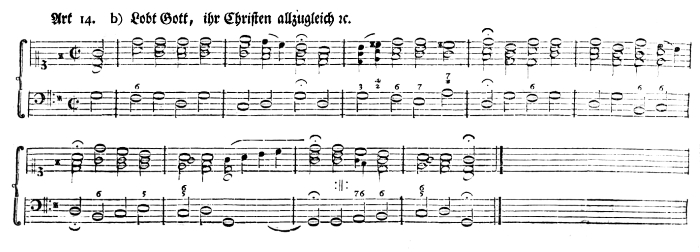
T14c: audio file

T14d: audio file

Newton sometimes worshipped with the Moravians at their chapel
in Fetter Lane
Perhaps he even sang
Amazing Grace
to one of the above tunes! |
 |
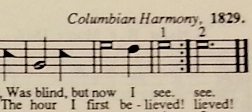 |
The anonymous Common Metre shape-note tune now commonly known as New Britain made its first appearance in the collection Columbian Harmony (Cincinnati, 1829), ed. Benjamin Shaw and Charles H. Spilman. |
It was printed there in two distinct open-score versions, a four-part setting called St. Mary’s (with Isaac Watts’s “Arise, my soul, my joyful powers”) and a three-part setting called Gallaher (with Charles Wesley’s “Come let us join our friends above”).
Although the former tune was not reprinted, the latter one occurred with a series of texts in a number of books, where it was variously called Harmony Grove or Solon. |
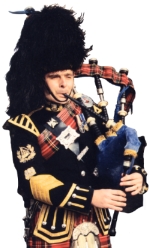 |
The pentatonic character of the tune strongly suggests that it had folk origins, most likely in the Appalachian Mountains of the eastern United States.
Many of the musical traditions of that region had roots in Scotland, as the recent popularity of bagpipe renditions of the tune has corroborated.
|
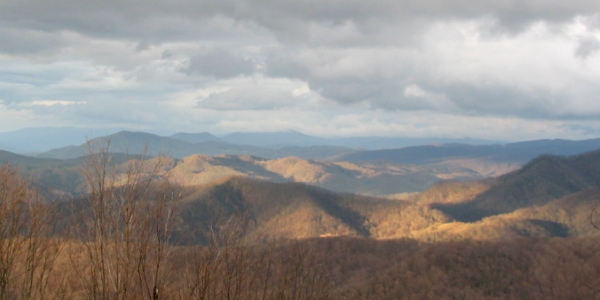 |
|
A chapel in the Appalachian Mountains
amidst isolated farmsteads
|
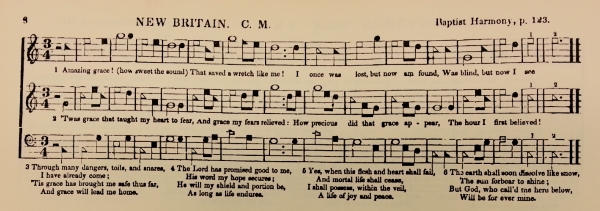 |
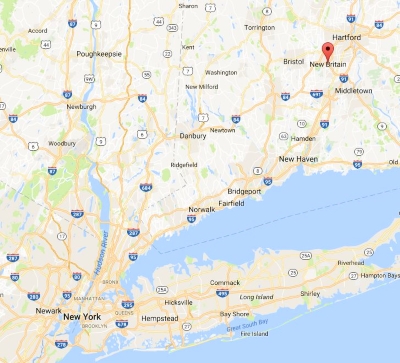
|
|
Because tune names often allude to place names, New Britain may well be tied to the publication history of the tune. This tune name was first assigned in a collection printed in New Haven, Connecticut, from which the town of New Britain lies approximately thirty miles northeast. This seems a much more likely reference than the New Britain Township in Pennsylvania, 170 miles to the southwest. |
Acknowledgements:
Carl P Daw, Jr, Adjunct Professor of Hymnology, Curator of the Hymnological Collections, Boston University
Archives of Appalachia, East Tennessee State University
Royal Scots Dragoon Guards
Scotdisc
|
Marylynn Rouse, 29/07/2015
|
|
|
|